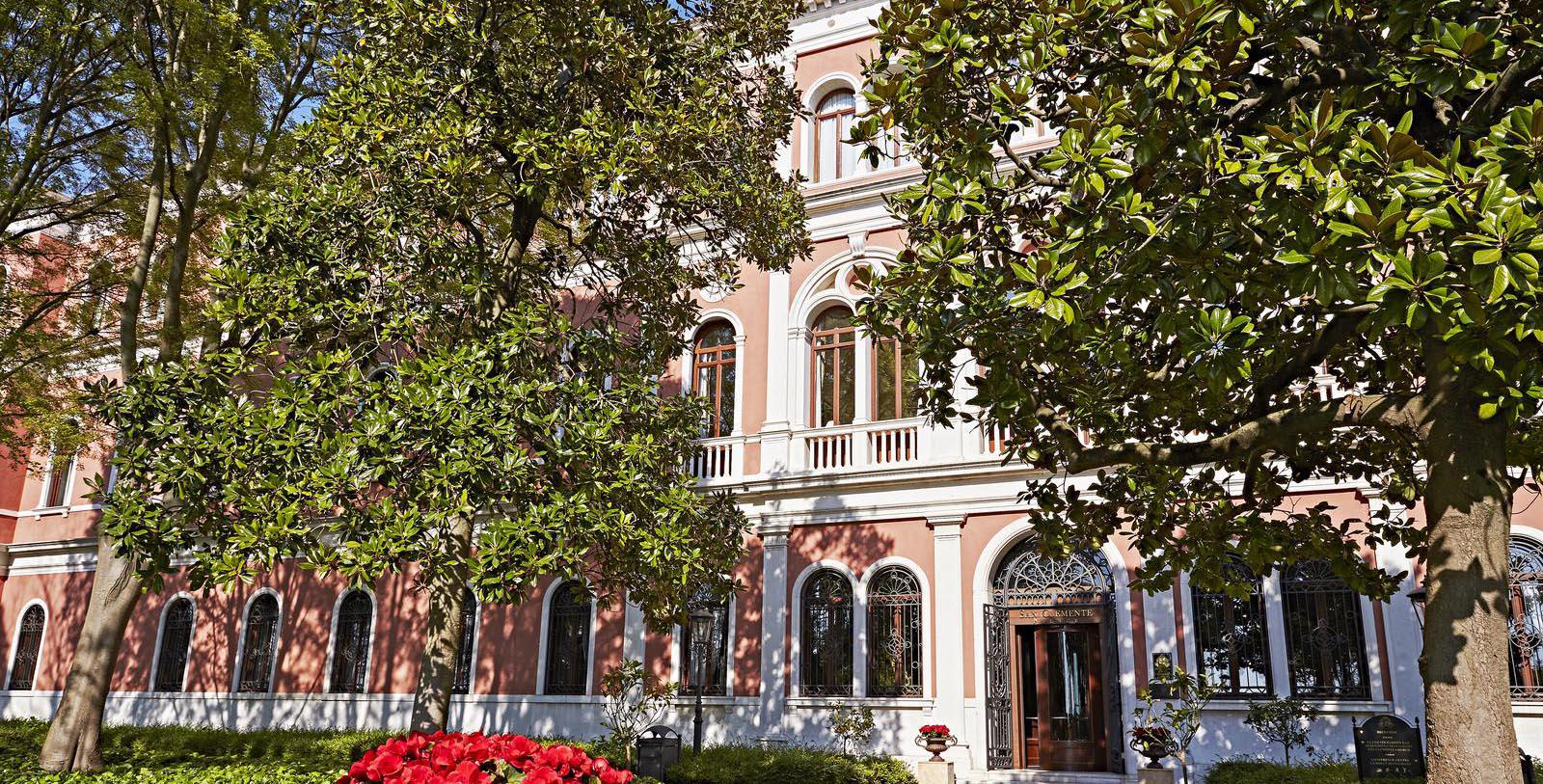Receive for Free - Discover & Explore eNewsletter monthly with advance notice of special offers, packages, and insider savings from 10% - 30% off Best Available Rates at selected hotels.
history
Discover the San Clemente Palace Kempinski, which was once a monastery and church constructed during the late 13th century.
San Clemente Palace Kempinski was constructed when mighty kings and towering castles ruled Europe for centuries following the fall of the Western Roman Empire.
The San Clemente Island was first settled in 1131, when Venetian merchant Pietro Gattilesso funded the construction of a church and a hospice for adventurers destined for the Levant. Originally, the church was built in a Romanesque style and consisted of only a single cross-shaped nave. The name is dedicated to Pope Clement I, who is the patron of mariners. The complex was eventually run by the Augustine canons, while the entire island itself was under the jurisdiction of the Grado Enrico Dandolo. In 1288, the relics of Saint Anianus—the first successors of St. Mark as Patriarch of Alexandria—were brought to the church.
After experiencing a slow decline during the 14th century, San Clemente gained fresh life when in 1432 Pope Eugene IV moved the order of Lateran canons to the island. Thanks to the donations of wealthy Venetian families, the canons began to work on the enlargement of the monastery and restoration of the church. The church façade was completely rebuilt in Lombard Renaissance style and divided by lesenes and cornices. Between the 15th and 16th centuries, San Clemente became known as the “gateway to Venice.” It became standard practice to take the Bucentaur (Bucintoro), (the Doge’s ceremonial barge), to the island to meet distinguished visitors. On the return journey to the Grand Canal, the guests were entertained by a variety of spectacles and performances.
In 1643, many Venetians funded the building of a new chapel inside the current church, based on models of the Santa Casa di Loreto (Holy House of Loreto). This “church in a church” is still a main feature of the construction. Camaldolese Hermits of Monte Corona then purchased the island in 1645. The Venetian nobility provided them with financial assistance to restore the church and monastery. In 1652, the Morosini family sponsored the restoration of the church façade in order to pay tribute to the family’s members who perished in the Cretan War. They enlisted Andrea Cominelli to oversee the design, who perpetuated the family’s coat of arms above the entrance and added reliefs that depicted the battles from the conflict. He also added brillaitn statues of Saint Benedict and Saint Romuald.
The fall of the Republic of Venice in 1797 also impacted San Clemente. The Camaldolese monks were forced to leave the island shortly thereafter due to Napoleon Bonaparte’s suppression of Italian religious orders during his occupation of the peninsula in the early 1800s. The former church complex eventually became a hospital in 1873, and remained active until 1992. This stunning location was then renovated into a luxury hotel in 2003. In September 2013 it was announced that a subsidiary of the Permak construction group bought the location. Permak launched further renovations between 2013 and 2014, which retained much of the building’s historic character. The destination is currently managed by Kempinski Group, which reopened the hotel as San Clemente Palace Kempinski in March 2016.


























